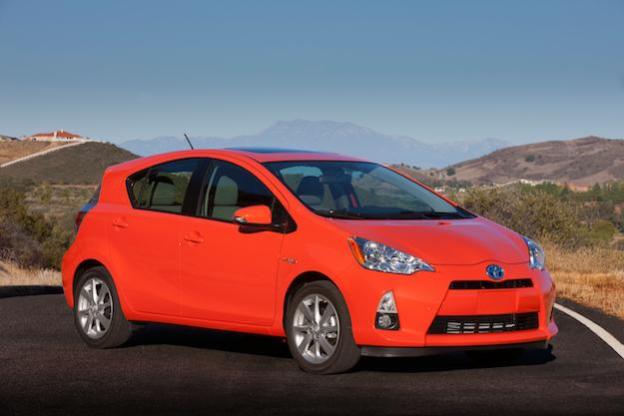
As it presently stands, modern hybrids are big, heavy and full of electricity. Shade-tree mechanics dare not tuck into an at-home repair on their hybrid due to the risk of severe electrocution. That all might change in the future, though.
MaryAnn Wright, vice president of technology and innovation for Johnson Controls Inc. Power Solutions, recent revealed at a at Michigan State University’s Bioeconomy Institute speaking engagement that she believes in the future micro-hybrids will supplant modern hybrid and electric powertrains of today, according to an M Live report.
Wright focused in on the extra cost surrounding modern hybrids, which scare many buyers off despite the fuel savings they provide. Bizarrely, Wright equated modern hybrid sticker prices to dog food, “If the dog does not like the dog food, the dog food isn’t going to get eaten.”
Micro-hybrids, Wright wagers, will run on less than 60 volts. Current hybrids run at voltages ranging from 120 to 350 volts. Reducing the voltage should reduce vehicle cost and danger of electrocution, which so far really hasn’t been a big problem anyway. Fitted with stop/start technology, Wright figures micro-hybrids could achieve a 15- to 20-percent increase in fuel economy.
Wright gave no other specifics into this mysterious tech aside from hypothesizing that micro-hybrids would first take hold in Europe.
We plainly like the idea. Reducing weight, materials, energy, and potential danger are all good things in the automotive world. Before we sign off on micro-hybrids, though, we’d need to know how they will work. For now, they sound just like that 100mpg carburetor your grandpa and his friends were convinced the oil companies had buried in the 1960s.


